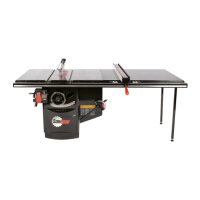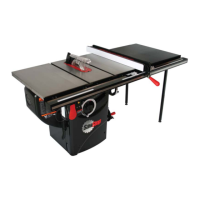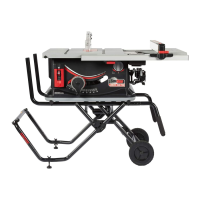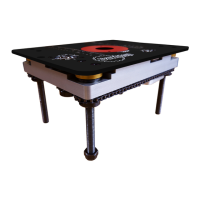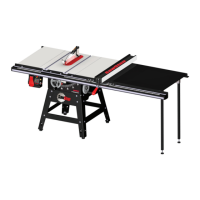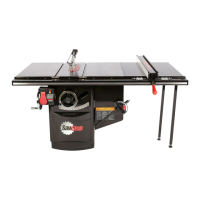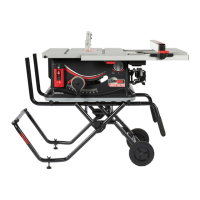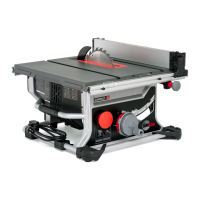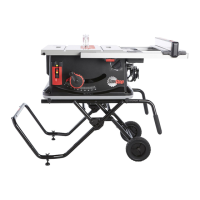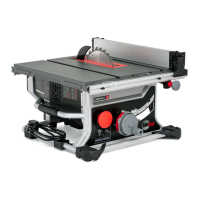Why are the cuts not clean or even with my SawStop PCS31230?
- AAmanda MendezSep 23, 2025
If the cuts from your SawStop Saw are not clean or even, the blade may be dull, so replace or sharpen it. The blade could also be coated with pitch, gum, or other material, so clean or replace it. Make sure that the blade is correct for the material or cut. Finally, the rip fence may not be aligned with the blade, so align it.
